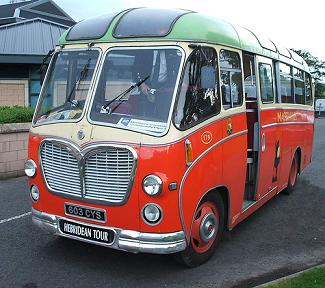What is there to see in Scotland, part 1
Scotland is part of the United Kingdom of Great Britain and Northern Ireland, although it was once an independent kingdom. The country stretches from the rich agricultural land to the chain of islands just a few degrees from the Arctic Circle. In the north of Scotland we can enjoy Caledonian Mountains and Grampian Highlands and in the south-South Upland. In the center of the country there is a small Central Lowland, which brings together most of the population. The largest city in Scotland is Glasgow, but its capital is Edinburgh.
Scotland is rich in a variety of landscapes, that cannot be found in other place in the UK. Northwest of the capital of the country-of Edinburgh are occupied by mountainous, difficult to access areas, which are preserved number of archaeological treasures. Heading even further, one can find remnants of early Scottish history located in the oldest rocks on Earth.

Scotland's climate is not the warmest. It is moderately warm and extremely marine. Tourists coming here have to be patient and resistant to strong winds and frequent rain.
The patron of Scotland is Saint Andrew, a dominant religion is Calvinism. The Scots are very proud people, emphasizing their identity expressed by their own parliament, the legal sand educational system. The majority of Scottish names begin with the prefix "mac" means "son". The most famous of Scots are: Alexander Bell (inventor of the telephone), Alexander Fleming (discoverer of penicillin), James Watt (designer of the first operating steam engine) and Walter Scott (writer).
In Scotland, we are paying in pounds and communicate in English.
Scotland has been inhabited since fifth century BC. Since then, it was the area of confrontation of many nations such as the Normans, Celts, Romans and Picts. The country has been connected with the United Kingdom originally by the personal union of James VI, then in 1707 r. by the real union. Thus was the Kingdom of Great Britain born. From the ninth century Scotland is a single economic and social organism. Since 1603, Scotland and England had a common ruler, and since 1707, a joint parliament. Scots could not easily surrender to the English domination, hence many uprisings erupted in the area. In May 1999, Scots elected their own parliament for the first time. Since 2007, the Scottish Government aims to break away from Britain.
Highlands is a traditional Scottish region, in which Scottish culture was created. Here began the clan system with tartans, pipers and unique sport disciplines, such as throwing a thick tree trunk (the "caber"). Tourists who would like to get acquainted with the culture of Scotland, can visit the country when the annual sports competitions are organized in Highlands. They are also combined well with the presentation of traditional Scottish dances. However, on August 12 the grouse hunting season begins, which can be a treat for those travelers who love hunting. Anglers and mountain amateurs will also be able to focus here on their favorite sports. Skiers can come to Scotland in winter, especially in the area of Cairngorms and Glencoe.